Women Equality in the Workforce: We Still Have More Work to Do
By Kimberly Kafafian
During my career in corporate compensation, I’ve been told that women can make less because “they are in a dual income family” and “because she’s on the mommy track.” Despite decades of action, there is still significant gender inequality in the workforce. As an HR consultant I see it everyday in the types of jobs women hold, their positions, career development, and pay. And personally, I hear stories and experiences from women friends and family members.
I will admit, we’ve definitely come a long way from 1970 in terms of education. In 2020, 47.2% of women ages 25 to 64 held a bachelor’s degree and higher, compared with only 11.2 percent in 1970, and the number of women in the labor force with less than a high school diploma, comparing those same time periods, dropped from 33.5% to just 4.8%.
We’ve even made great strides in the type of jobs women hold. In 2020, women accounted for 51.7% of all workers employed in management, professional, and related occupations.
Unfortunately, these decades of progress were wiped out in months thanks to the pandemic. As schools and daycares closed, it was mostly women workers who shouldered the burden of childcare, leaving their jobs in greater numbers than their male counterparts, interrupting their careers along with their potential future and lifetime income. While the most recent Bureau of Labor Statistics data shows 370,000+ jobs were added to the economy in June, with 82.8% of them being women’s jobs, women are still down a net of 395,000 jobs since February 2020. And many more women lost their jobs completely during the pandemic because they were in industries like health care, food preparation and personal service occupations – all of which were severely hit because of COVID-19.
But we can’t just blame the pandemic for the current state of women in the workforce. It simply shone a light on some serious underlying systemic issues, which forced us to take a closer look and push harder for equality.
Making the Workforce a More Just Playing Field for Women
As a woman owner of an HR company with all women employees, I’m committed to making a difference – for myself, for my workers, and for the women employed at my clients’ organizations. I work hard to put women workers on equal footing with their male counterparts by implementing policies and initiatives that even the playing field. Below are some of the areas we as employers, and as a nation overall, need to work on.
Child care
Let’s face it, the brunt of child care responsibilities falls disproportionately on women. As a result, women leave the workforce, take a part time job, or accept a position below their qualifications to fit their child care needs. This is stunting women’s career paths and earning potential – and negatively impacting the labor pool. How can we address both? Businesses need to see childcare as an economic issue rather than a personal one. At this time, businesses are having a hard time filling their talent needs because of a lack of qualified workers. If businesses want to break through the labor shortage, they need to make changes when it comes to child care. By endorsing paternity leave from the leadership level to neutralize the stigma of the “mommy track”, providing child care support, and offering more flexible and remote work options they are better positioning themselves and women workers. They can take note of Meta (Facebook) whose recently expanded remote work options have increased the number of women in its workforce, including tech and leadership roles.
Education and Experience
Although the number of women in higher-paying professional and managerial positions that were traditionally dominated by men has increased, women are still overrepresented in lower-paying occupations which don’t require higher education. This is impacting women’s lifetime income numbers. PayScale’s Gender Pay Gap Report for 2021 found that without controlling for factors such as education and occupation, women make only $.82 for every dollar a man makes. When comparing job title, years of experience, education, industry, location and other compensable factors, women in the controlled group make $0.98 for every $1.00 a man makes. So these two factors have a huge impact on the pay gap.
So much of this comes back to child care and career development opportunities. Companies need to proactively promote parental and family leave for all genders so that the impact on careers is more balanced, as well as provide child care support, remote work opportunities, flexible work arrangements, and returnships, as well as career development initiatives. These will help prevent an interruption in a woman’s career path, enabling her to get the experience to keep moving forward to better positions and more equal lifetime income. Businesses also need to do better monitoring equal pay for the same job. One initiative that’s making strides is pay transparency. More and more jurisdictions are requiring proactive pay scale disclosure, which will hopefully narrow the wage discrepancies.
While we’ve come a long way, there’s still so much work to be done.
 En Español
En Español








